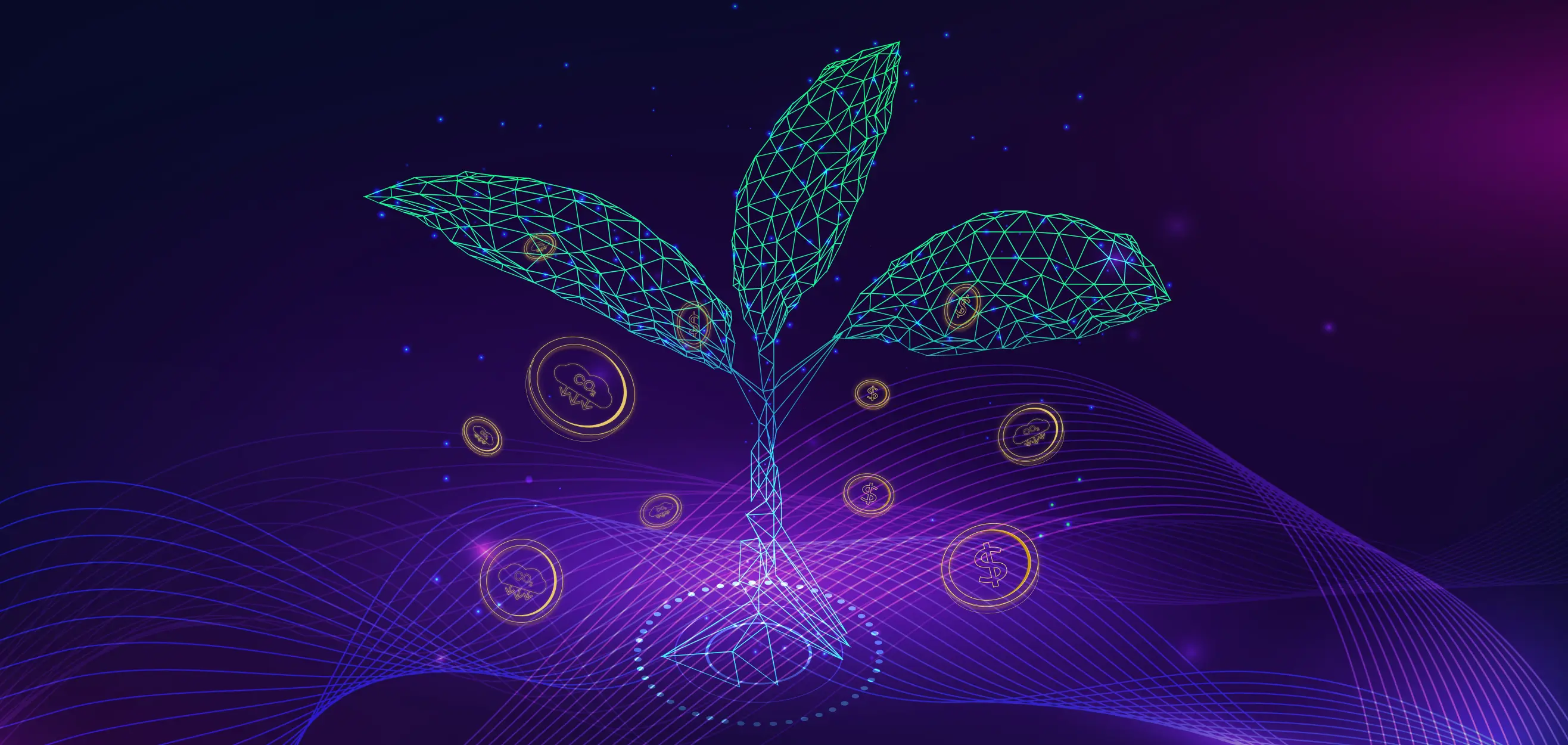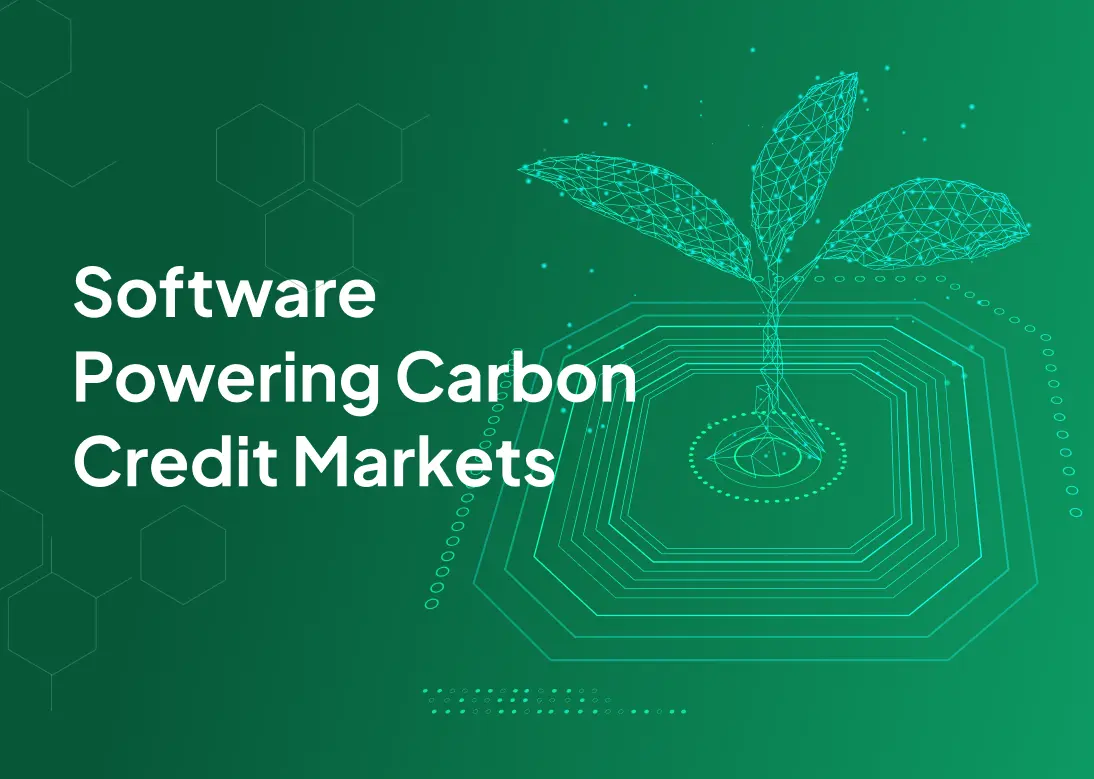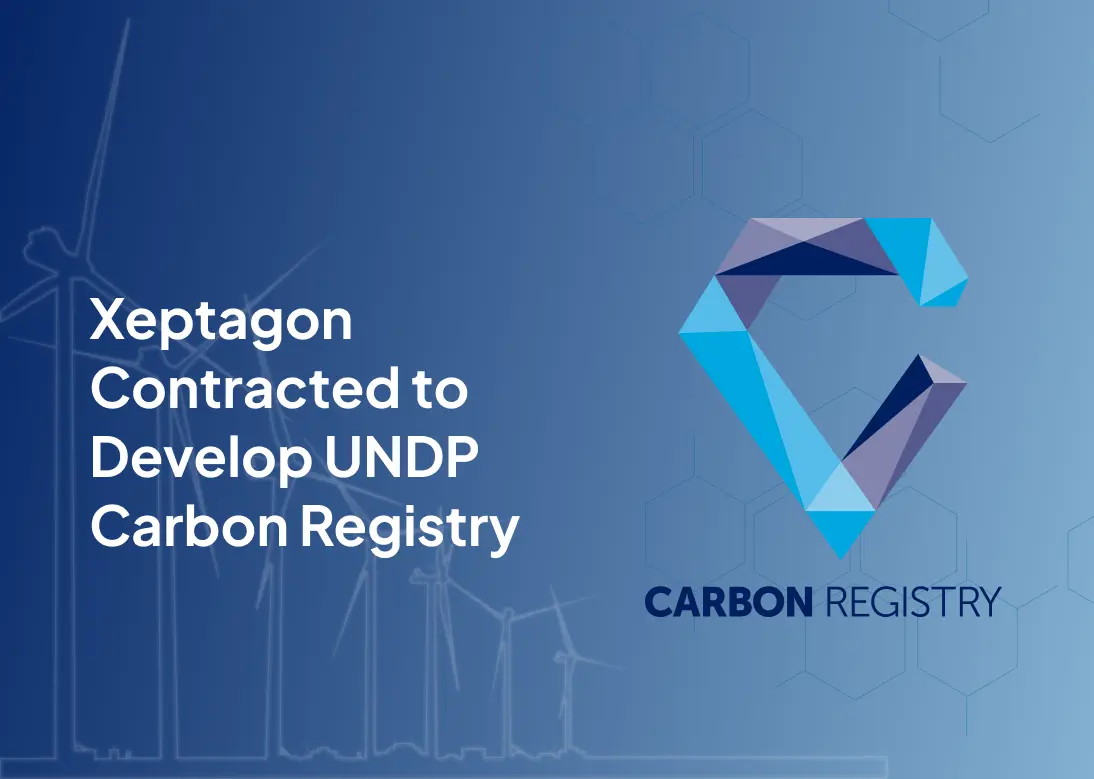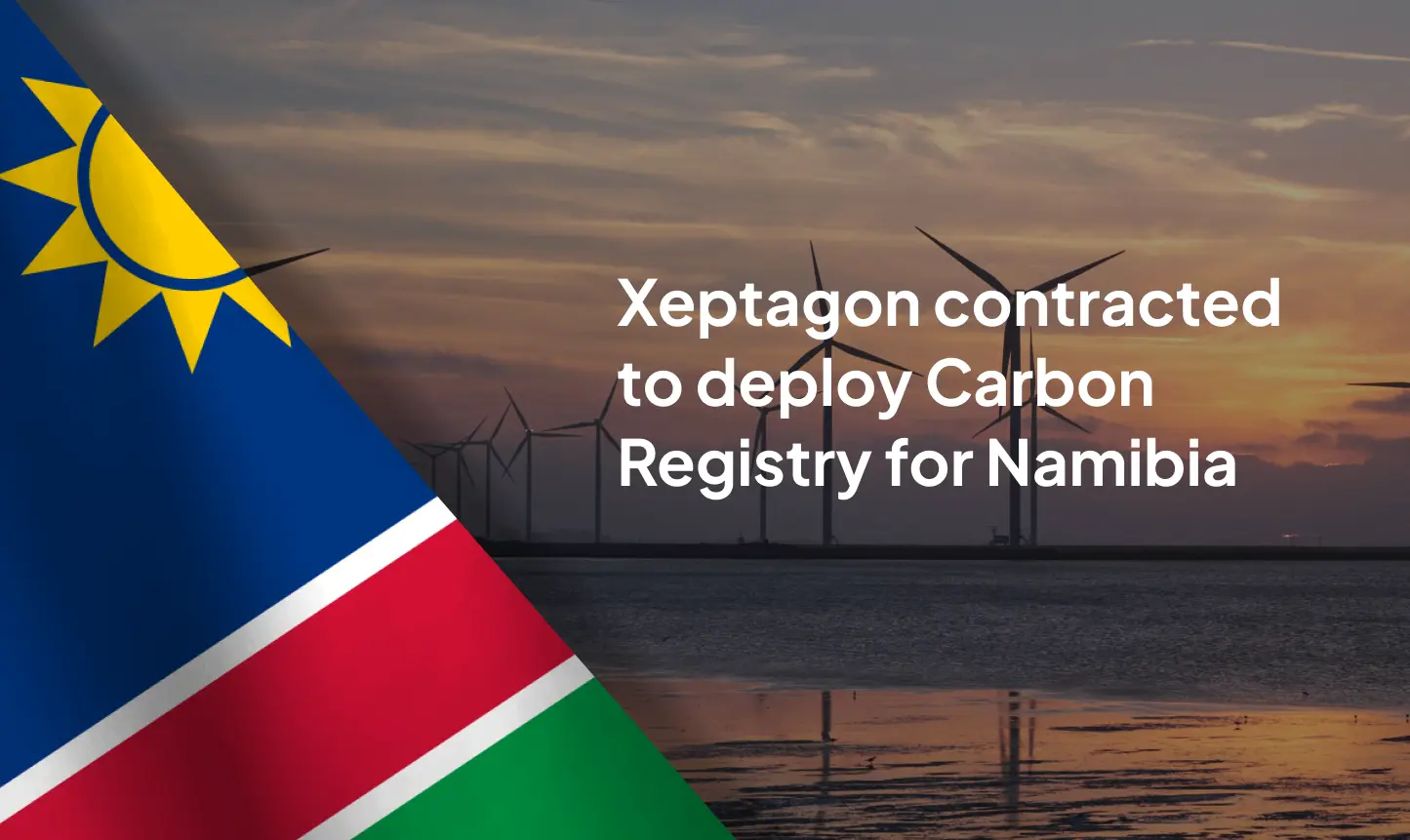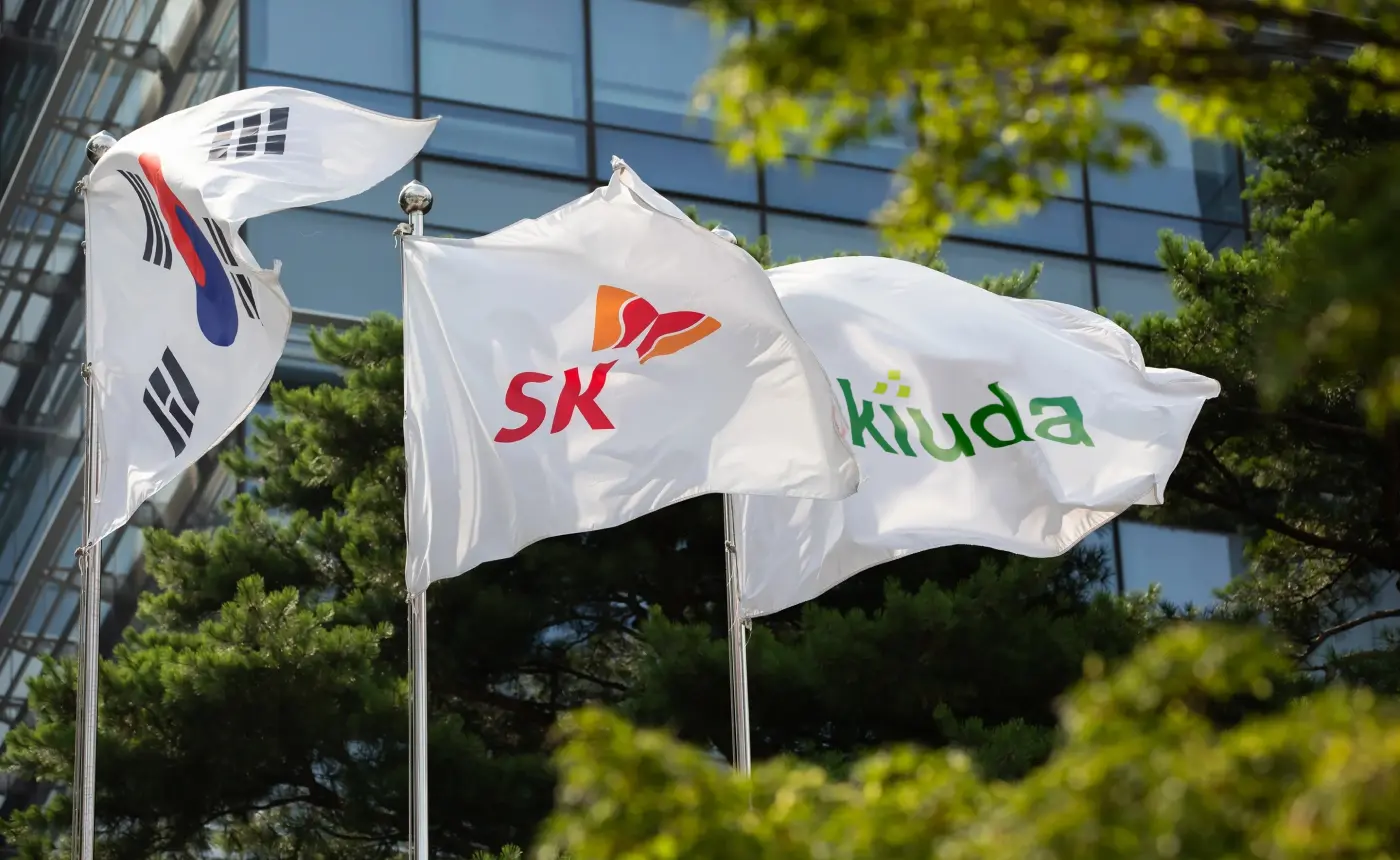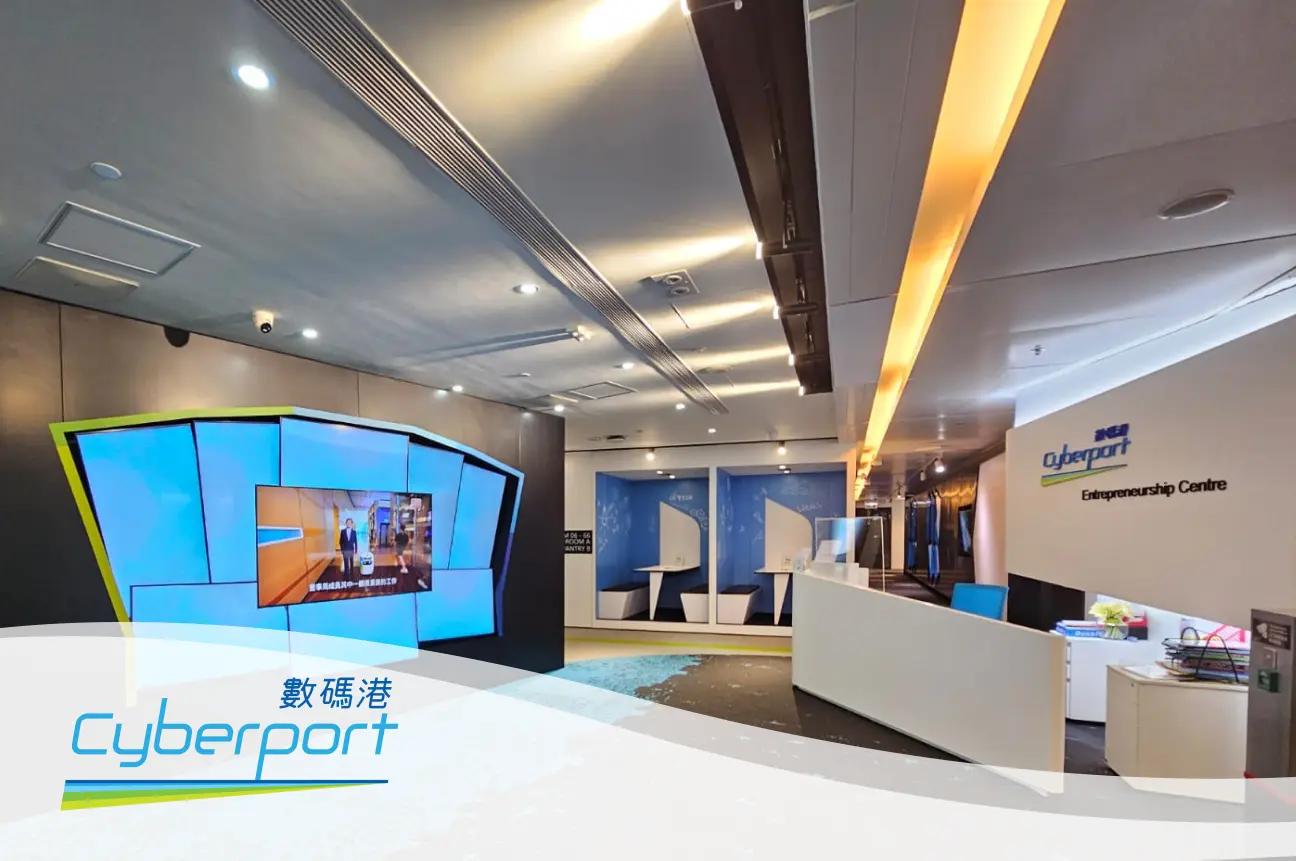A carbon credit is equivalent to one metric ton of carbon dioxide
or other
greenhouse gases measured in carbon dioxide equivalent (CO2-eq)
terms. Carbon
credits also known as carbon offsets, permit the end user to
emit an equivalent
amount of carbon dioxide. Due to the economic importance of
carbon credits, they
have become a new currency enabling sustainable climate action.
However, there are many key issues with carbon markets mainly
with double counting
of GHG emission reductions, greenwashing, lack of transparency
and lack of
traceability of a carbon credit.
Xeptagon, which has been involved in developing the DPG carbon
registry and transparency
system for UNDP as well as carbon exchanges and marketplaces for
several countries
including South Korea and Hong Kong has proposed a novel
approach where these issues
with carbon credits can be solved through tokenization. The
proposed carbon credit tokenization
platform can be integrated with carbon registries and well as
exchanges including interoperability
with multiple registries.
What is Carbon Credit Tokenization?
Tokenization is the act of creating a digital
representation of assets on the blockchain.
Tokenizing carbon credits is the process of converting
traditional carbon credits to digital
tokens on a blockchain, embedded with all of the
attributes of the carbon credit. The token
represents the original asset and can be transferred,
retired or de-tokenized on the blockchain.
Blockchain technology revolutionizes the carbon credit
market by enhancing transparency, traceability,
efficiency, and security. It enhances transparency by
utilizing a decentralized and immutable ledger,
ensuring all transactions are permanently recorded and
publicly accessible to the network users, which
builds trust among stakeholders. Traceability is
improved by identifying each carbon credit uniquely,
which enables the system to track the carbon credit
throughout its life cycle, from the issuance to
retirement.
Efficiency is increased by automating processes with
smart contracts, which reduces costs and speeds up
transactions, making the market quicker and easier to
manage. Security is strengthened by replacing sensitive
information such as personal and financial data with a
token which is then stored securely, while the token is
used for the transactions.
Initial Tokenization
Carbon credits, once recorded on a registry approved by
a trusted authority, can be converted into unique
digital tokens, through a smart contract on the
blockchain. This process allows the carbon credits to be
securely traded on a digital platform. Each carbon
credit carries a unique set of attributes specific to
its
originating project. When these credits are tokenized,
the resulting digital tokens are encoded with these
unique
attributes, ensuring they are identifiable and traceable
throughout their lifecycle on the blockchain.
Any user who owns an account on the carbon registry and
a wallet on the blockchain can convert their carbon
credits
to digital tokens. To prevent double issuance, once a
carbon credit is tokenized, it is transferred to a
common
tokenized account, owned by the registry. This system
not only ensures the integrity of the tokenization
process but
also enhances the transparency and security of carbon
credit trading on the blockchain.
Transferring Tokens
When a token is traded on an exchange platform, it is
transferred from the seller to the buyer, along with all
the
attributes embedded within the token. This process
occurs on the blockchain, where each transfer is
recorded by
creating a new block for immutability. This also enables
to track of the ownership of the token as well as the
lifecycle
of it. This preserves the integrity and transparency of
the entire transaction history.
De-Tokenization
De-tokenization is converting the token back to its
original form, and in this matter to a carbon credit.
With
the de-tokenization process, the attributes which were
embedded to the token would be transferred back to the
carbon credit. Once the transfer is completed, the token
would be burnt, which would no longer be a digital asset
on the blockchain.
While tokenization provides many advantages, instances
such as regulatory frameworks or specific business needs
require tokens
to be transferred back to their original form within the
registry. In the instance where the de-tokenization
happens of a
transferred token, where the original carbon credit
resides in a different registry, the tokenization
platform handles the
de-tokenization of the carbon credit on the platform and
then coordinates with the original registry to transfer
the carbon
credit to the new user's registry.
Token Retirement
Once the carbon offset, that the token represents has
been utilized, the token would be removed from the
blockchain which is
referred to as the token retirement. At retirement, the
token available in the owner's account would be
transferred to an address
zero account not accessible by any user making it burnt.
Interoperability
The platform is designed to enable seamless integration
with various blockchain networks such as Avalanche
(Avax), Ethereum (ETH),
Volta, and any other network though a simple
configuration. This gives the organisations the
flexibility to select the most suitable
blockchain for their needs. This capability makes the
platform adaptable to the changing needs of the global
carbon market.
As the world moves towards a more sustainable future, the need
for innovative solutions like blockchain-based tokenization
becomes increasingly apparent.
The processes of initial tokenization, secure transfers,
de-tokenization, and token retirement ensure that every carbon
credit is accurately
represented, efficiently traded, and appropriately retired,
maintaining the integrity of the environmental commitments they
embody.
By embracing this innovation from Xeptagon, organizations will
not only enhance their sustainability practices but also
position themselves at the forefront of the evolving global
carbon market.
Read more about our climate finance software and carbon credit
exchange from here.
